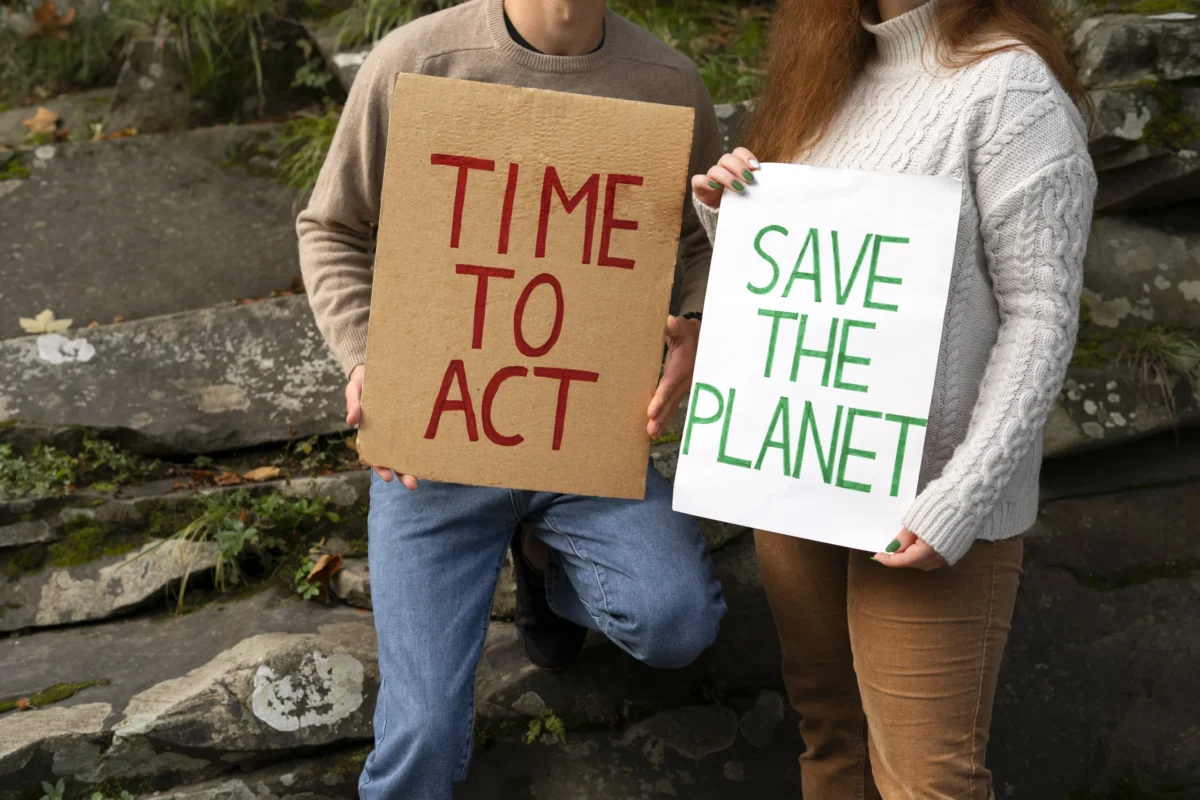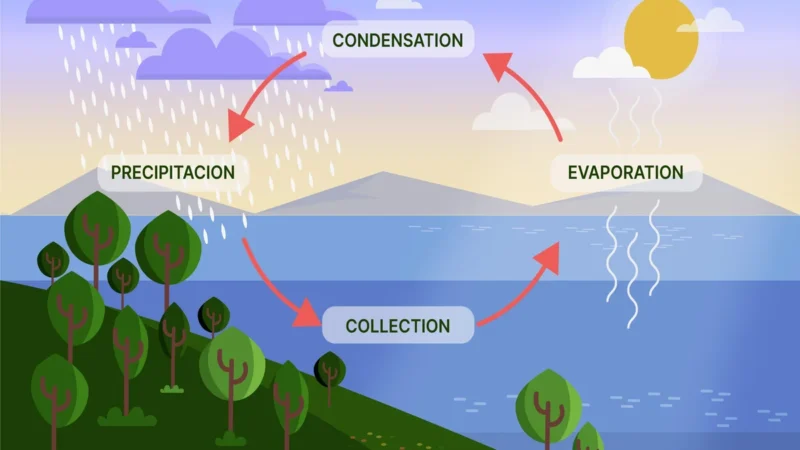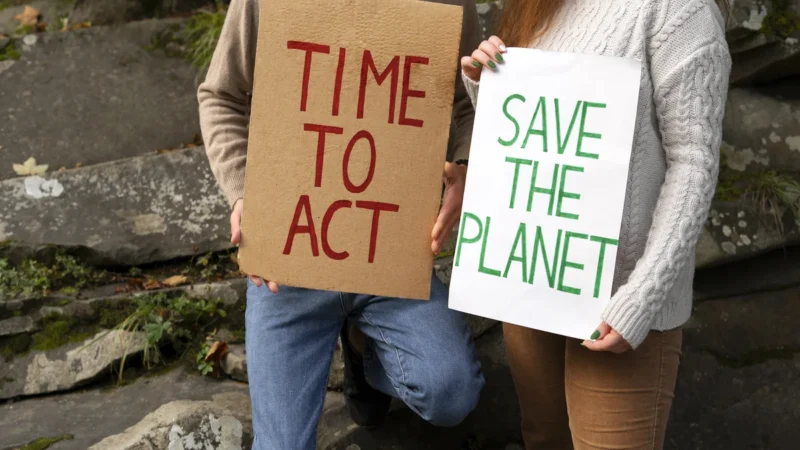Climate Change Mitigation and Adaptation: Strategies for a Sustainable Future

Climate change is a pressing global issue that requires both mitigation and adaptation strategies to ensure a sustainable future. Mitigation focuses on reducing greenhouse gas emissions, while adaptation aims to build resilience and adapt to the changing climate. This article explores various approaches and techniques employed in climate change mitigation and adaptation, providing a comprehensive overview of the topic.
Climate Change Mitigation
Renewable Energy Sources: Renewable energy sources such as solar, wind, and hydroelectric power are key solutions for mitigating climate change. These sources generate electricity with minimal greenhouse gas emissions, reducing reliance on fossil fuels.
Energy Efficiency Measures: Implementing energy efficiency measures in buildings, transportation, and industries can significantly reduce carbon emissions. Strategies include improving insulation, using energy-efficient appliances, promoting public transportation, and adopting energy-saving technologies.
Afforestation and Reforestation: Afforestation involves planting trees in areas that have never been forested, while reforestation refers to replanting trees in deforested areas. Both methods help sequester carbon dioxide, mitigating climate change and preserving biodiversity.
Transition to Low-carbon Transportation: Promoting electric vehicles (EVs), investing in public transportation, and developing infrastructure for biking and walking can decrease reliance on fossil fuel-powered vehicles, reducing greenhouse gas emissions and improving air quality.
Climate Change Adaptation
Resilient Infrastructure Development: Building resilient infrastructure that can withstand extreme weather events such as floods, hurricanes, and heatwaves is crucial for adapting to climate change. This includes constructing flood-resistant buildings, improving drainage systems, and implementing early warning systems.
Water Management and Conservation: Developing sustainable water management practices, such as rainwater harvesting, water recycling, and efficient irrigation techniques, can help adapt to changing precipitation patterns and ensure water availability during droughts.
Ecosystem Restoration: Restoring and protecting natural ecosystems, such as wetlands, mangroves, and coral reefs, enhances their ability to mitigate the impacts of climate change. These ecosystems provide important services such as flood control, coastal protection, and carbon sequestration.
Climate-Resilient Agriculture: Implementing climate-smart agricultural practices, including crop diversification, soil conservation, precision farming, and improved water management, can enhance the resilience of agricultural systems and ensure food security under changing climate conditions.
Key Takeaways:
Combating climate change requires a two-pronged approach of mitigation and adaptation. Mitigation strategies focus on reducing greenhouse gas emissions, while adaptation measures aim to build resilience and adapt to the changing climate. By implementing a combination of these strategies, we can work towards a sustainable future, mitigating the impacts of climate change and ensuring the well-being of future generations.
FAQs about Climate Change Mitigation and Adaptation
Q: What is climate change mitigation?
A: Climate change mitigation refers to actions taken to reduce greenhouse gas emissions and slow down the rate of global warming. It includes strategies such as using renewable energy sources, improving energy efficiency, and implementing sustainable practices.
Q: What are some examples of renewable energy sources?
A: Renewable energy sources include solar power, wind energy, hydroelectric power, geothermal energy, and biomass energy. These sources generate electricity with minimal greenhouse gas emissions, making them environmentally friendly alternatives to fossil fuels.
Q: How can I contribute to climate change mitigation?
A: Individuals can contribute to climate change mitigation by adopting energy-efficient practices in their homes, using public transportation or carpooling, supporting renewable energy initiatives, and reducing waste and consumption.
Q: What is climate change adaptation?
A: Climate change adaptation involves adjusting to the impacts of climate change and building resilience to its effects. It includes measures such as developing resilient infrastructure, implementing sustainable water management practices, and protecting and restoring ecosystems.
Q: How does climate change affect agriculture?
A: Climate change can impact agriculture by altering rainfall patterns, increasing the frequency of extreme weather events, and affecting temperature and humidity levels. This can lead to changes in crop yields, the spread of pests and diseases, and challenges in water availability.
Q: What can be done to adapt agriculture to climate change?
A: Adapting agriculture to climate change can involve practices such as crop diversification, implementing water-efficient irrigation techniques, adopting climate-resilient crop varieties, and improving soil conservation methods.


